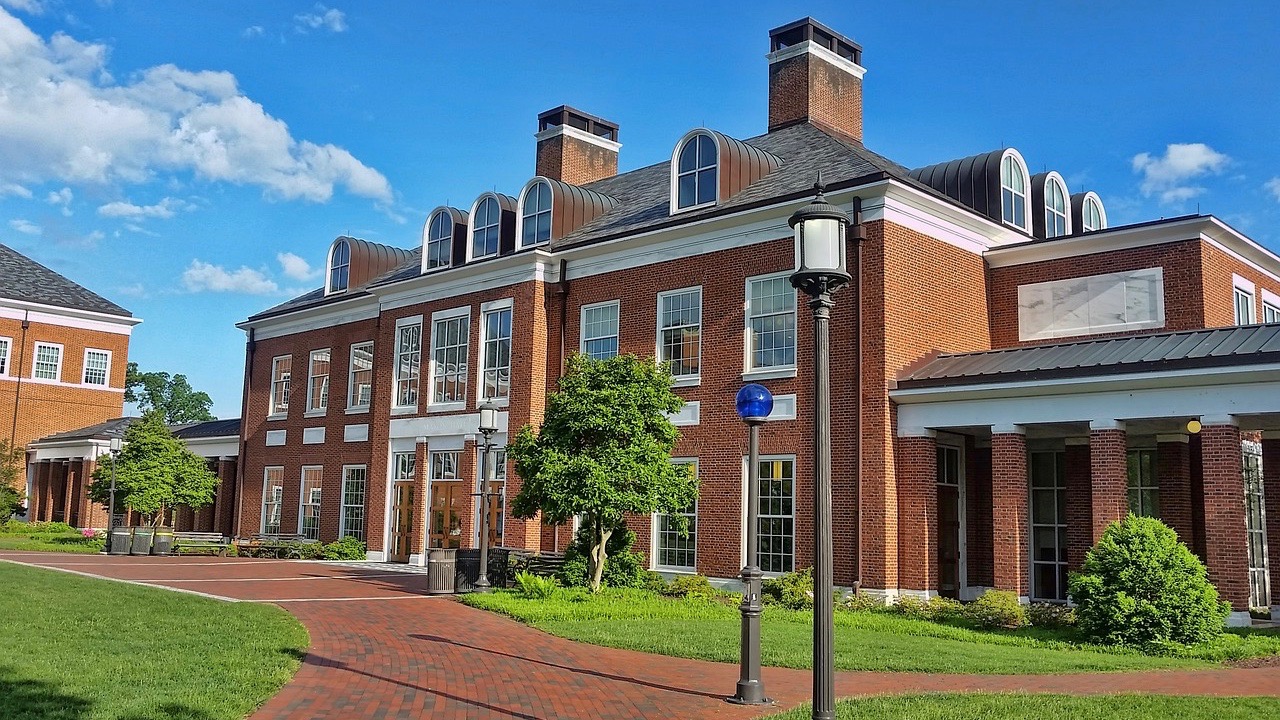Systems for HVAC in healthcare facilities must balance complexity with urgency. A large hospital or other healthcare facilities may include a dozen or more ORs with sensitive temperature and ventilation needs, which may need to change rapidly — perhaps to drop temperatures for a procedure or to cycle in clean air after an aerosolizing event.
Connect with ODIN
Recent Posts
End the Healthcare Facility Management Runaround With Mobile Access
Topics: BAS, Remote Building Controls, HVAC
How to Boost Performance & Compliance in Health Facilities Management
Get the Information You Need — Fast
Health facilities management systems are often complex and difficult to set up, navigate, or operate without the expertise of a highly trained technician. Our cloud-based ODIN software is designed to make it easy for anyone to adjust, trend, schedule, and set alarms within even the largest health facilities management systems.
Topics: BAS, Remote Building Controls, HVAC
4 Key Building Analytics Metrics for University Building Managers
Data has had an elevated role in building management since the era of the Internet of Things began. University building managers have always been tasked with keeping campus facilities running in a cost-efficient and safe manner that is conducive to the learning environments of higher education. What was once a largely manual process of ‘tending to the farm’ is now handled with robust arrays of sensors that feed data into complex building automation and building analytics software.
Topics: BAS, BACnet, Remote Building Controls
3 Tips for Managing Campuses With Different Communication Protocols
The modern universal BACnet protocol is the current gold standard in building automation, keeping things simple and streamlined for facilities managers and technicians. However, if your campus features a legacy system composed of older protocols like Modbus and Lonworks, you may be juggling multiple systems, log-ins, and headaches throughout the day.
Topics: BAS, BACnet, Remote Building Controls
How BACnet Portability is Making Building Managers' Lives Easier
The original objective of the BACnet protocol was to revolutionize device interconnectivity by providing one standard set of communication rules. No matter the manufacturer, all devices using the BACnet protocol would work with your building’s BAS. This goal was promptly realized as the use of BACnet spread to building monitoring systems far and wide.
Topics: BACnet, Remote Building Controls
COVID Relief Plan: Next Steps for School Facility Managers
When President Biden signed the American Rescue Plan on March 11, 2021, it launched a $1.9 trillion economic stimulus, including $130 billion in stimulus money for schools in the pre-K through 12th grade age group. The intention of this new school stimulus money—called the Elementary and Secondary School Emergency Relief (ESSER) Fund—is to help schools safely reopen within 100 days and take actions to help protect students, staff, and families from COVID-19.
5 Tips for Facilities Managers as Schools Reopen
The American Rescue Plan, which was signed into law by President Biden in March 2021, has set a priority of reopening as many K-12 schools as possible within its 100 days. As of the writing of this article, we’re a little more than a third of the way through that timeline. Facilities managers are ramping into high gear getting many buildings that have been shut down for a year or more ready for people to resume daily occupancy. Here are a few quick tips to guide your planning process as you start laying out your school building safety and school facilities management strategies.
Topics: BAS, Remote Building Controls, HVAC
There’s nothing more important to a K-12 facilities manager than the safety and health of the building’s occupants. The COVID-19 pandemic brought this into even sharper relief and now is the time to act. The U.S. Government Accountability Office (GAO) found that 54% of public school districts need to improve or replace multiple school building systems—especially HVAC upgrades. Their report estimates that 41% of districts need an update or even replacement of antiquated or inadequate HVAC systems. That adds up to 36,000 schools across the nation.
Topics: HVAC
3 Things K-12 Facilities Managers Should Know About the $54B Stimulus
The Coronavirus Response and Relief Supplemental Appropriations Act (CRRSA) went into effect on December 27, 2020. This 5,600-page, $900B bill included $82B specifically set aside for education. Of that money, $52B will go straight to K-12 schools (about four times as much as the $13.5B allocated by the CARES Act in March of 2020).
How to Get Remote BAS Access Without Being on Your Building's Network
Building management software (BMS) and building automation systems (BAS) will sometimes come packaged with an optional, limited style of mobile access through a building management app. However, when these applications require you to be connected to the building network to access the system, this is not really “remote” access so much as the option to use a phone or tablet while on site.
Topics: BAS, Remote Building Controls
















